It's just someones bored troll account. It can't be me as I use my real account for that.
It's just someones bored troll account. It can't be me as I use my real account for that.
meh, he prefers Punto or Polo anyway...So (s)he's most probably gay.
Our avatars being mirrored looks ridiculous. Like pimp bender is having an argument with himself.
Looks awesome!
You've probably thought about this car (I did)
http://t0.gstatic.com/images?q ... 6kxmfvIAPyX7M0ddehqEWN-QV
No. I thought about the same car, but I thought it looked different. Thinking is difficult stuff.
It's so difficult for me, that I just prefer not to.
It looks a bit different, since usually the grille frame, Audi logo and roof lines are are not black/bodycoloured.
You really did not have to emphasise that.

I don't think I've ever seen that Audi before, that is awesome looking!
Sorry I'm no longer around here anymore guys (I know I say it every time too lol but I am.) I touched LFS a few times the past few months only to discover.... LFS doesn't calculate suspension geometry one bit which is rather depressing.
Anyways, I probably haven't shown much pictures in the past year so here's the quick update:

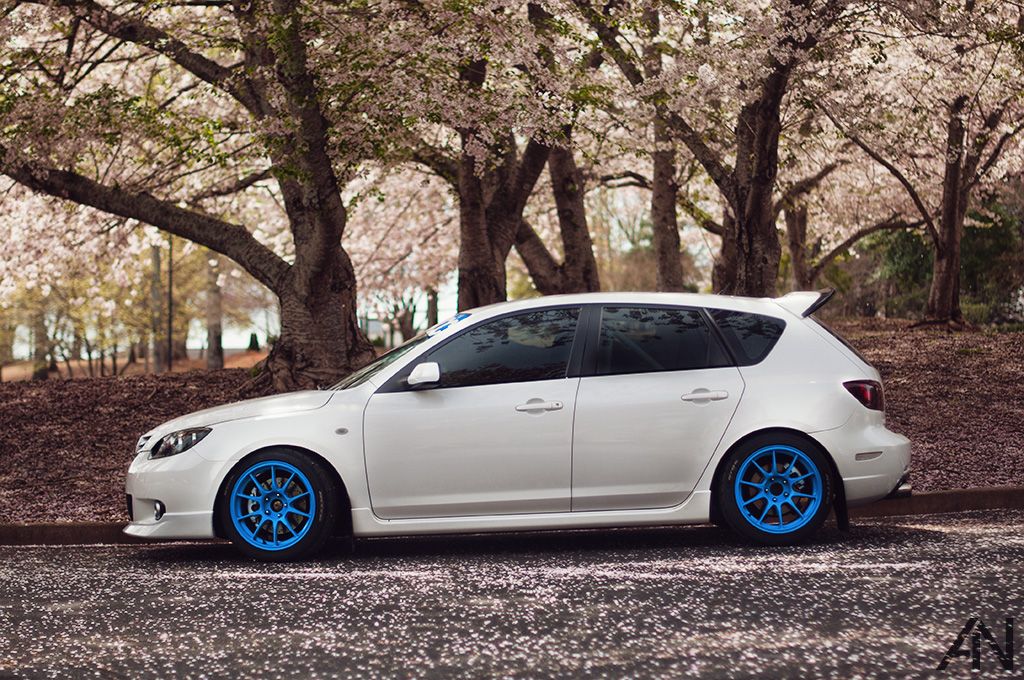


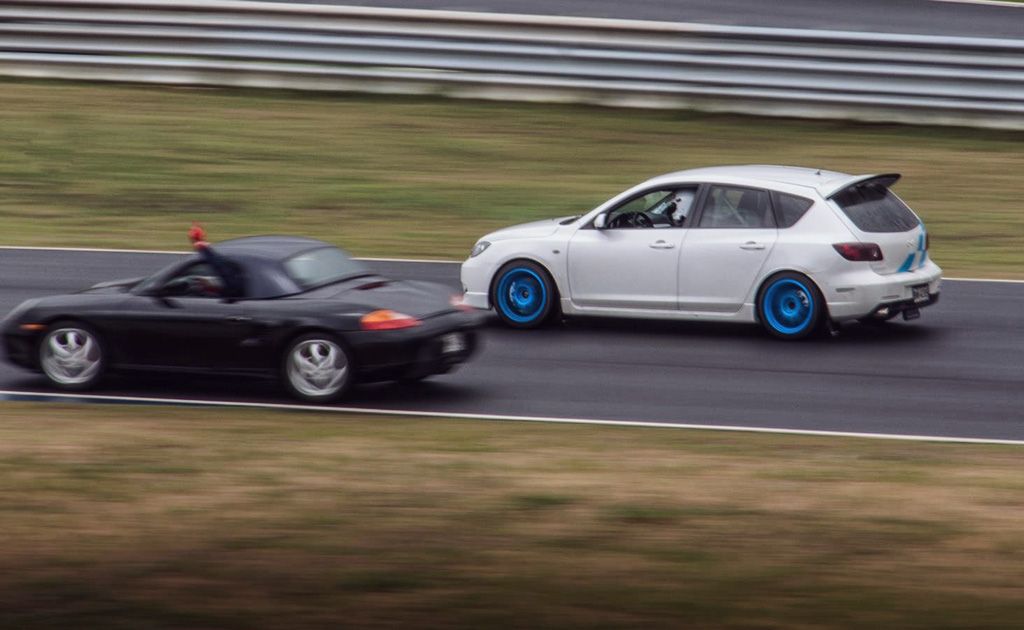
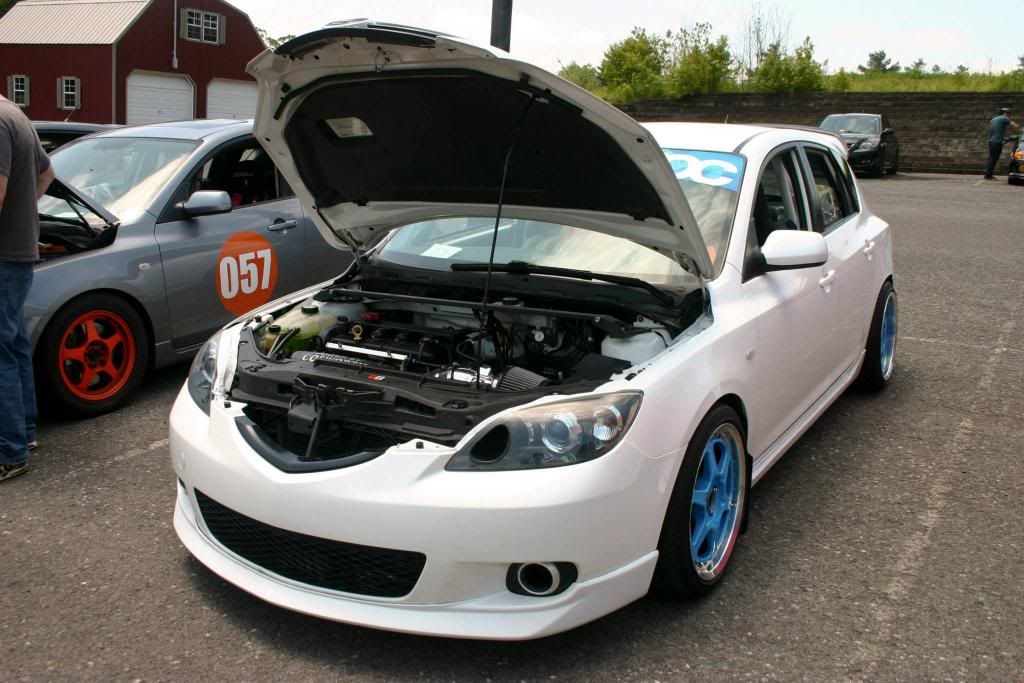
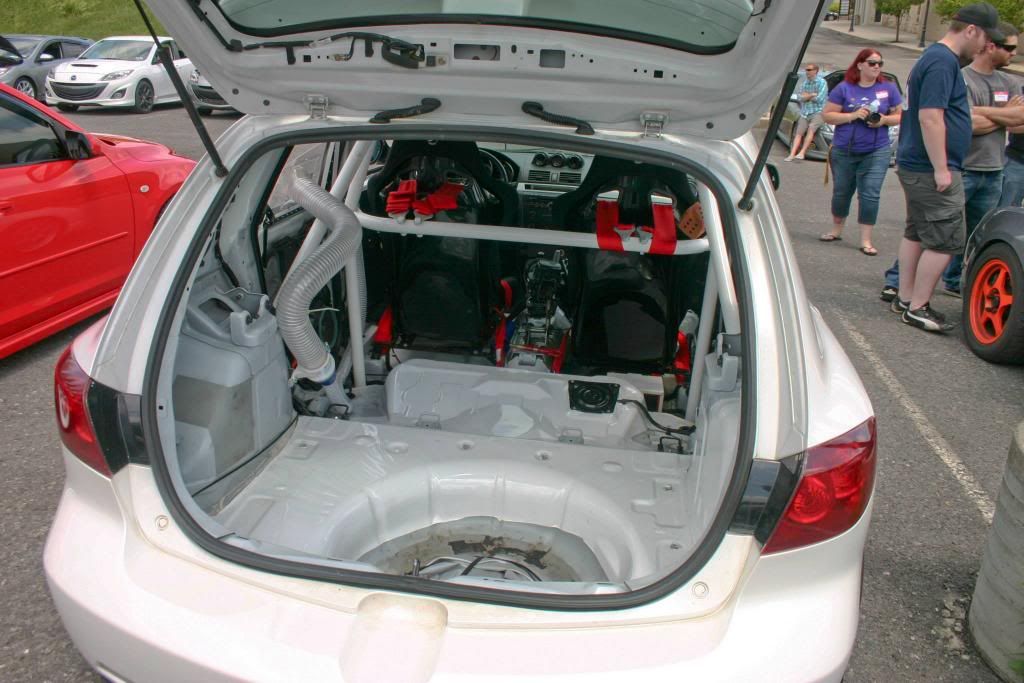
I've been low, it was fun and looked great.
Time to make it handle for real.
before:

after:
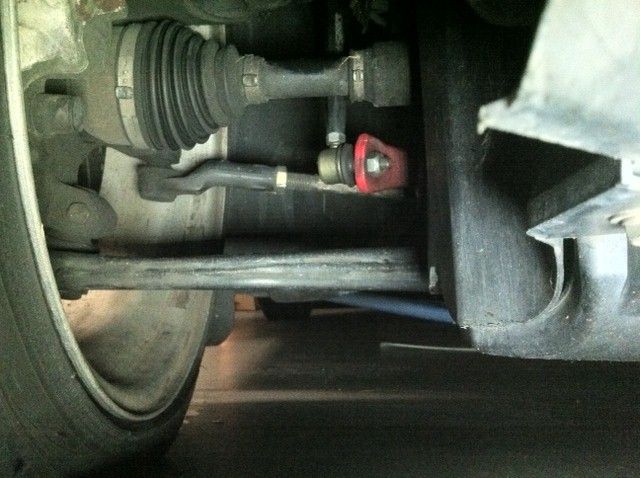
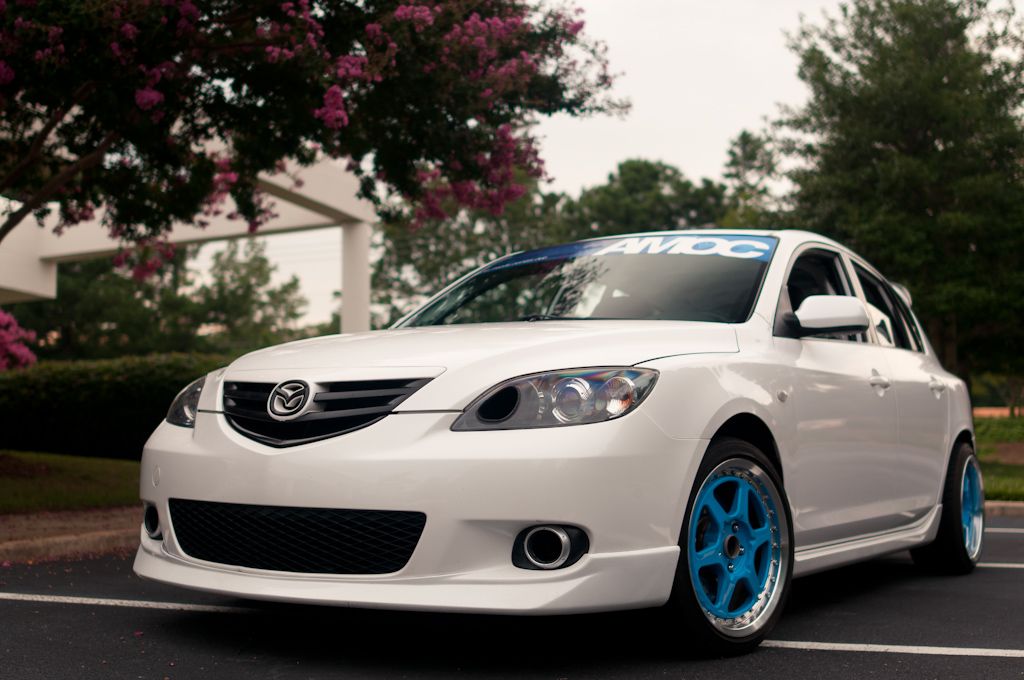
Change.
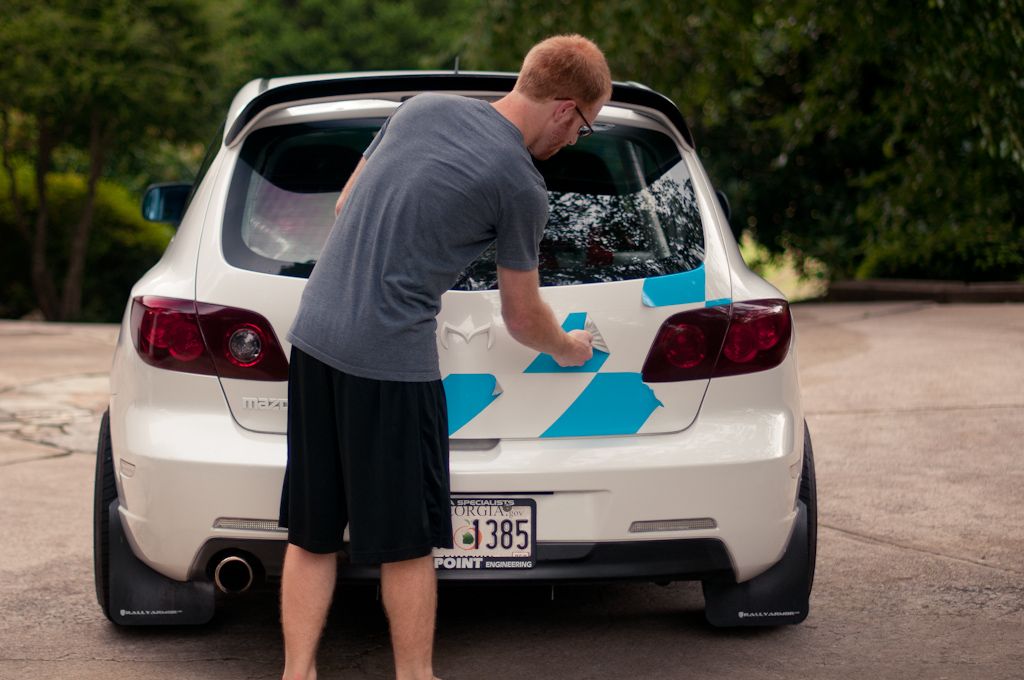


Sorry I'm no longer around here anymore guys (I know I say it every time too lol but I am.) I touched LFS a few times the past few months only to discover.... LFS doesn't calculate suspension geometry one bit which is rather depressing.
Anyways, I probably haven't shown much pictures in the past year so here's the quick update:







I've been low, it was fun and looked great.
Time to make it handle for real.
before:

after:


Change.



becuz racecar?
Please explain because the suspension geometry affecting setup parameters on LFS is one of the best things about it. I can't think of a game that does it as well as LFS does but that's the reason I ask you to explain because I don't think I'm understanding what you mean.
I think (don't take it as truth, I swore I read it but I can't find it anywhere) that as part of the tyre physics updates was some enhancements to the suspension geometry model. LFS still does it much better than most "simulators" still.
While it may work fine on some models, the McPherson strut is beyond completely wrong. Also take note of every setup in LFS. Pretty much slammed to the ground (or rather... low as possible until you hit the ground). In the real world, it doesn't work like that at all. On some suspension models it may work, but to make full use of it still requires specific parts such as roll angle adjusters, which are real parts that are really made.
BUT.. again I'm learning as I go here and haven't looked beyond anything in the game except the McPherson strut. Typically or rather in EVERY McStrut car you find the arm is just above or near pointed up towards the center of the car. As the arm flattens out the mcstrut has a very small (but some) gain in camber. Anywhere beyond that it goes major positive.
To prove that point, look at just about every FWD or other mcstrut race car and look how high they truly sit. (Don't look at the tube frame chassis race cars.. the ones that actually use the monobody instead). You'll see they sit just as high or nearabouts of the stock cars because that's the only place they can sit without major modification to either the knuckle, or the subframe (both of which can be doable, but it's a bit rare to see on "stock" race cars).
The McStrut in LFS continues to gain camber no matter how low you go; which is 100% inaccurate. There are also plenty of other changes in caster etc. that go into changing that height as well, which I don't believe is calculated either.
The fastest McStrut FWD cars in LFS right now are the lowest ones with lowest CG and beyond improper suspension geometry.
In the real world you'll see every FWD McStrut car is nearabouts stock height that wins AutoX and trackdays... because they have to remain near stock height to get the best out of the suspension arms.
I can't dispute what you're saying here about the MacPherson stuff, because quite frankly I don't have a counter-argument or full understanding no that but what I will dispute is that a low ride-height isn't realistic.
For a road/ish car the lower the better, you'd only want to raise the ride-height for aerodynamic purposes other than extreme bottoming out. Essentially you lower it to the point in which is grinds something sufficiently like I said, the only time you'd raise a ride-height against the general rule would be to aid a rear diffuser or such via increased underbody air-flow.
I assume you're referring to the lower the ride-height the less movement in the suspension itself but if this wasn't realstic for setups then F1 wouldn't be using the tyre for the majority of the suspension dynamic.
EDIT : I see that you're suggesting the physical limitations of actually running a Mac P strut stops you from running it below x ride-height.
In which case.... Ignore everything I just said.
yep, by the end of it you got it 



Not my car, but I thought the photo still looked cool.
One of our team members rocked up late and parked where the pilot wanted to land the bird. As it was the only suitable landing place he did anyway.
One of our team members rocked up late and parked where the pilot wanted to land the bird. As it was the only suitable landing place he did anyway.
In preparation for Ford Fair next Sunday... a 16 hour paint correction detail on the body. Swirl marks weren't horrific, but they were present.
7-8 hours left probably on the wheels, engine bay and interior. Hopefully it don't rain Saturday!
Not everyone's idea of "fun" I'm sure but.............
Cheers..
Ian
7-8 hours left probably on the wheels, engine bay and interior. Hopefully it don't rain Saturday!

Not everyone's idea of "fun" I'm sure but.............

Cheers..
Ian
for a FWD car, it's one of the most fun cars I've ever driven!
Good for you
Good for you

I'll be there!
 In my Audi
In my Audi  Are you on a club stand?
Are you on a club stand?Ford Fair? Why would anyone wanna stare at ugly fords? Although I'm sure teh jumblesale is the biggest attraction of course, I mean, we all need a windscreen washer pump for a Mk2 Cortina...
Yup, car will be on the Focus RS Owners Club stand

Cheers..
Ian
Will try remember to have a nosey around there
Cortina!? I'm hoping to find used, but good condition brake shoes for an Edsel!

Cheers..
Ian
Cool. Pop over and say ello

Cheers..
Ian
Post your Car two
(2440 posts, started )
FGED GREDG RDFGDR GSFDG

